EPZ x Tipsy Star One Hi Fi IEMs – Xingxiao No. 1 Beaming Iridescence
EPZ x Tipsy Star One is a $89 USD entry-level level pair of IEMs, with a high impedance, high sensitivity, dual magnetic circuit dual cavity dynamic driver. Today we will review the Star One and explore how it sounds like as well as how it compares to the market. An alternative name for the Tipsy Star One, or rather the original name is XingXiao No. 1. On the official Linsoul product page, the earphones are also called Model TE01.
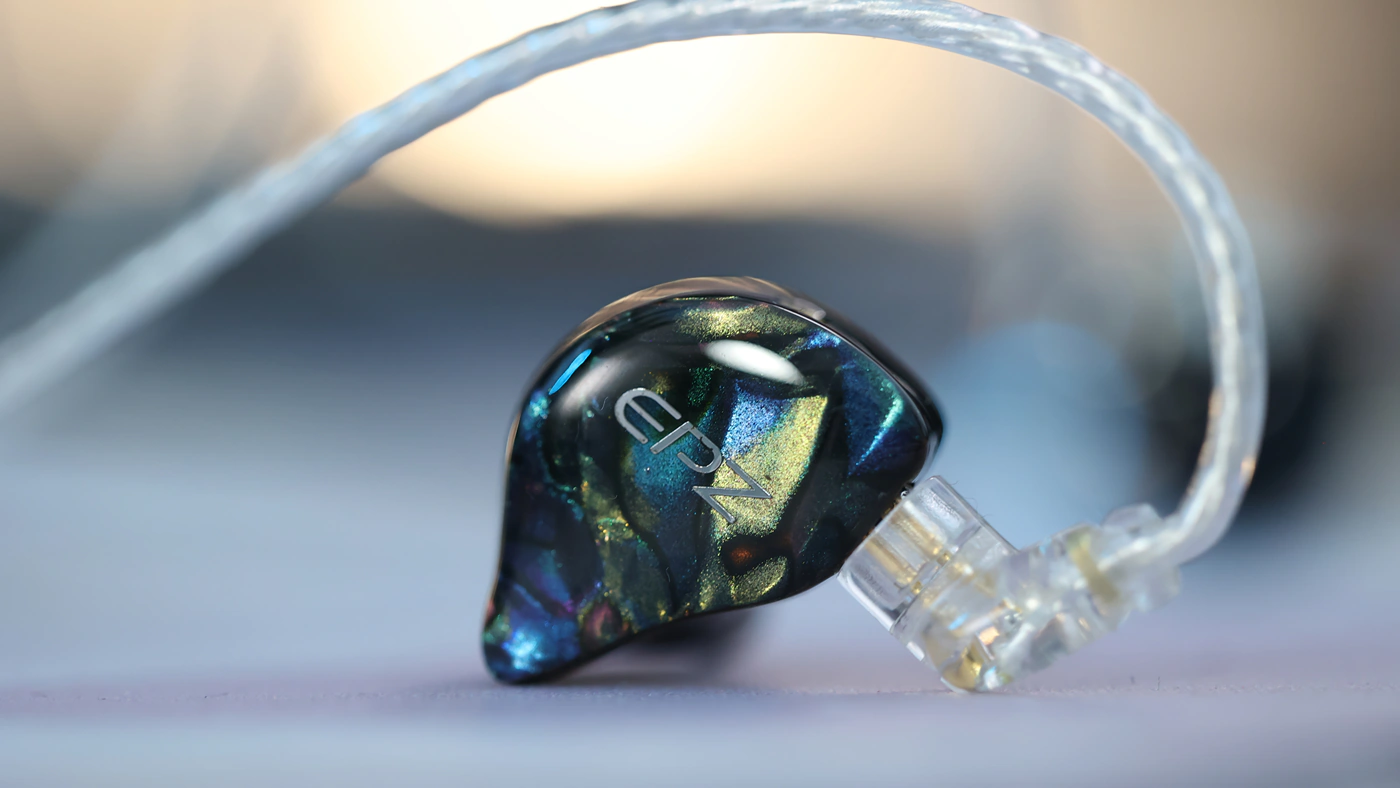
Introduction
This is my first IEM review from the EPZ company, but Linsoul, the company selling those and doing all the effort to bring them to the public, is not a new company, being a true force behind music lovers discovering and enjoying Chifi and affordable but qualitative sounding earphones. Linsoul products are available both through their shop, which is the official way to purchase, but they also make them available on Amazon, if you want to have the double protection Amazon offers. As an Amazon Influencer, I earn from qualifying purchases, and using the purchase links in my reviews helps me maintain this website and Youtube Channel. Huge thanks to Linsoul for providing us with the sample for this review.
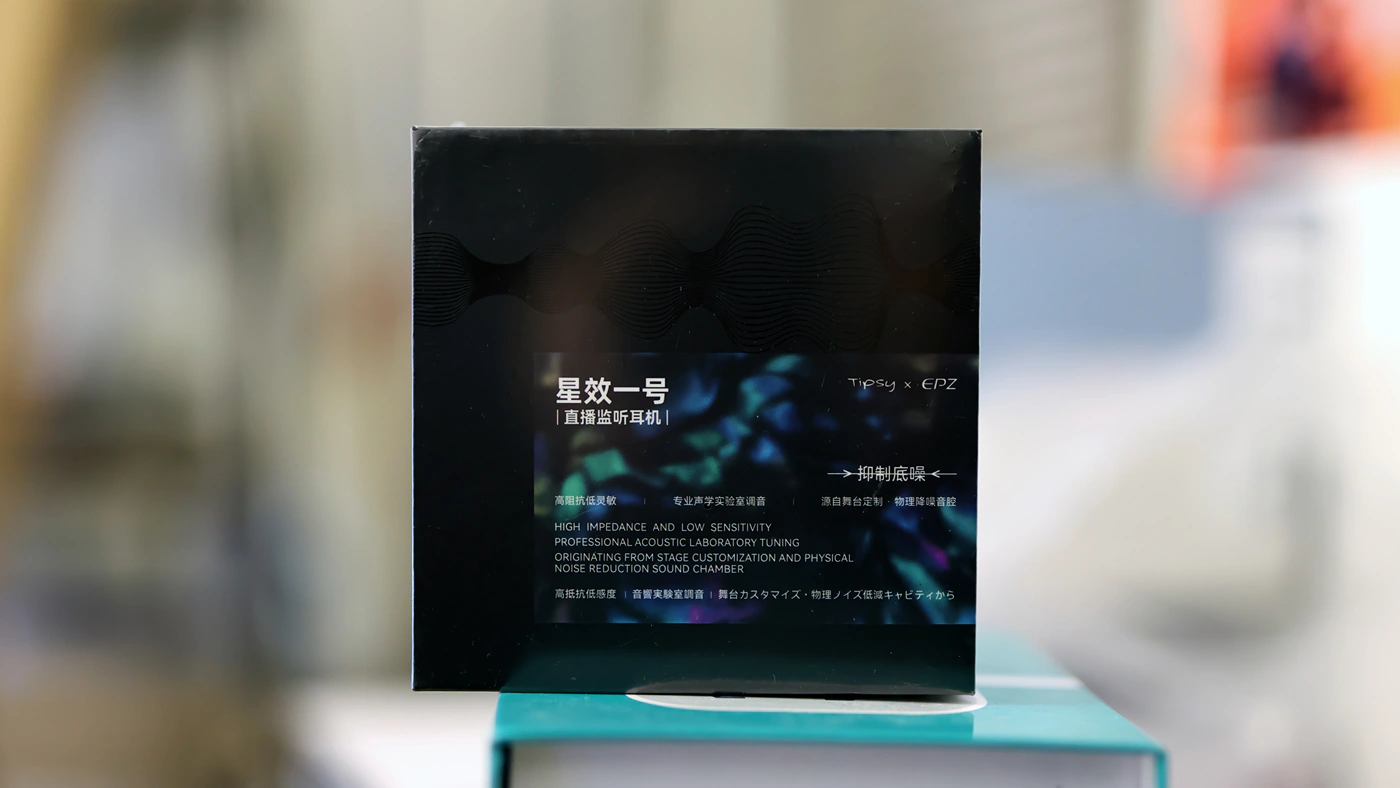
PROs – Bright and brilliant sound, deep bass extension, strong revealing ability.
Cons – Sparse Package, Very sensitive to source noise despite the high impedance.
Product Link
Amazon – https://amzn.to/3Xg1z0M
Build Quality/Aesthetics/Fit/Comfort
Star One is an earphone available in two colors, black and white, with cable lengths either 1.2 meters or 2 meters. For IEMs, 1.2 meters is generally more standard, but I love having the choice of what cable length I will be getting for my IEMs. The body of the IEMs is made of skin-friendly resin, and it is made via 3D printing in the Weji Art Museum, the IEM faceplates being handmade.

We have a promised noise reduction of 26 dB, but I found the passive noise attenuation to be around 20 – 22 dB, as I can hear the clicking of myself typing this review quite clearly. The cable connector for the IEM is QDC or 2-Pin Recessed, and the only option for the cable connector is a 3.5mm single ended jack. I personally prefer balanced connectors, but for an entry-level IEM, having SE connectors is entirely acceptable. This being said, the QDC IEM connector has been criticized by many as it is not very standard, yet it offers better reliability and better construction quality than the standard 2-Pin.

Wearing comfort is good, the IEM shells are a bit large, but the insertion is shallow-medium, and the comfort is excellent if using ddHIFI ST-35 Eartips, my current favorite eartip. Default cable is springy, it conducts microphonic noise quite a bit, and it is also tangle-prone, but it looks sturdy enough to keep the Star One in my ears for long periods of wear without breaking.
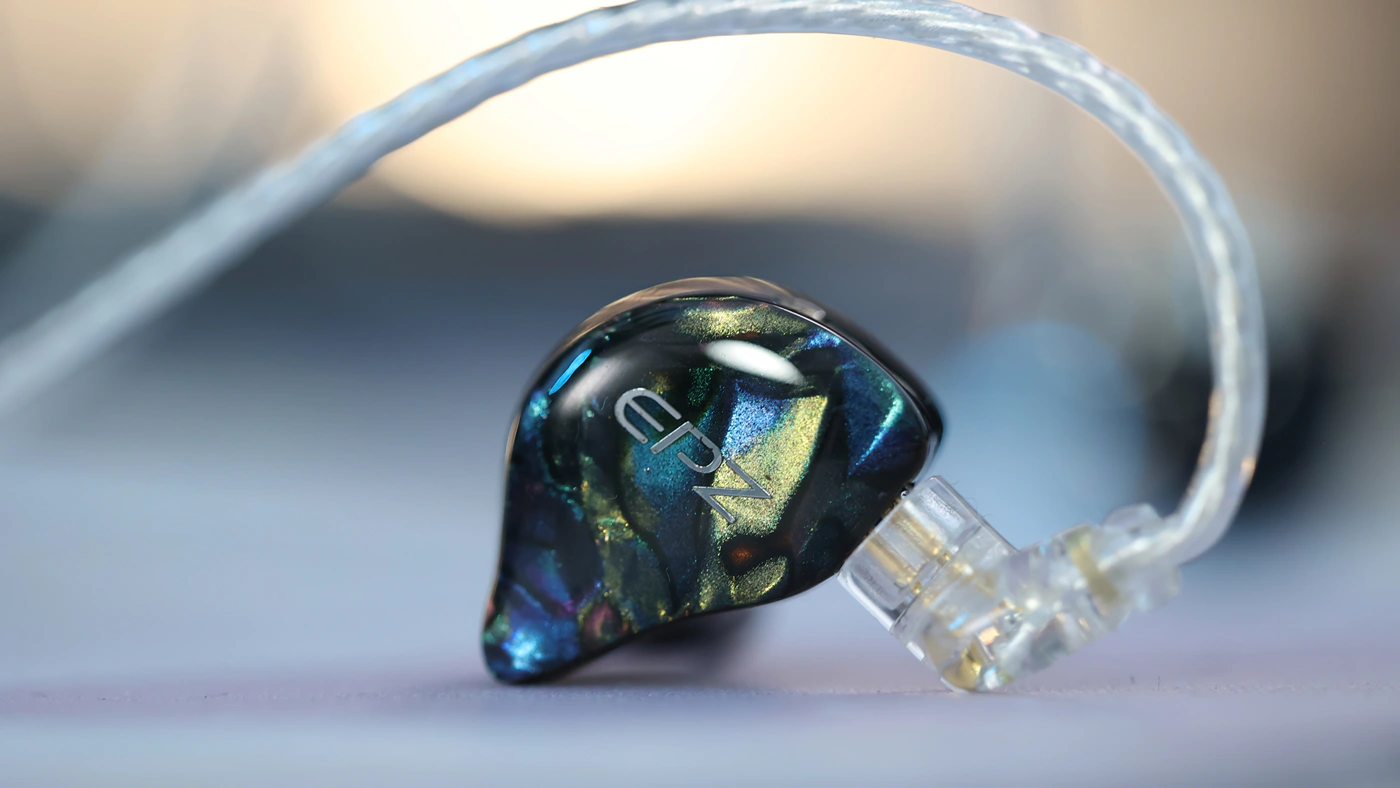
The company calls this IEM high impedance low sensitivity, but in my experience it is far easier to drive than most IEMs, and the 64 OHM impedance is quite high on paper, while the SPL of 112 dB Vrms is high compared to the vast majority of IEMs. At the heart of the XingXiao No.1 we have a dynamic driver with dual magnetic circuit and dual cavity. There is no driver flex, and no void while wearing the Star One.
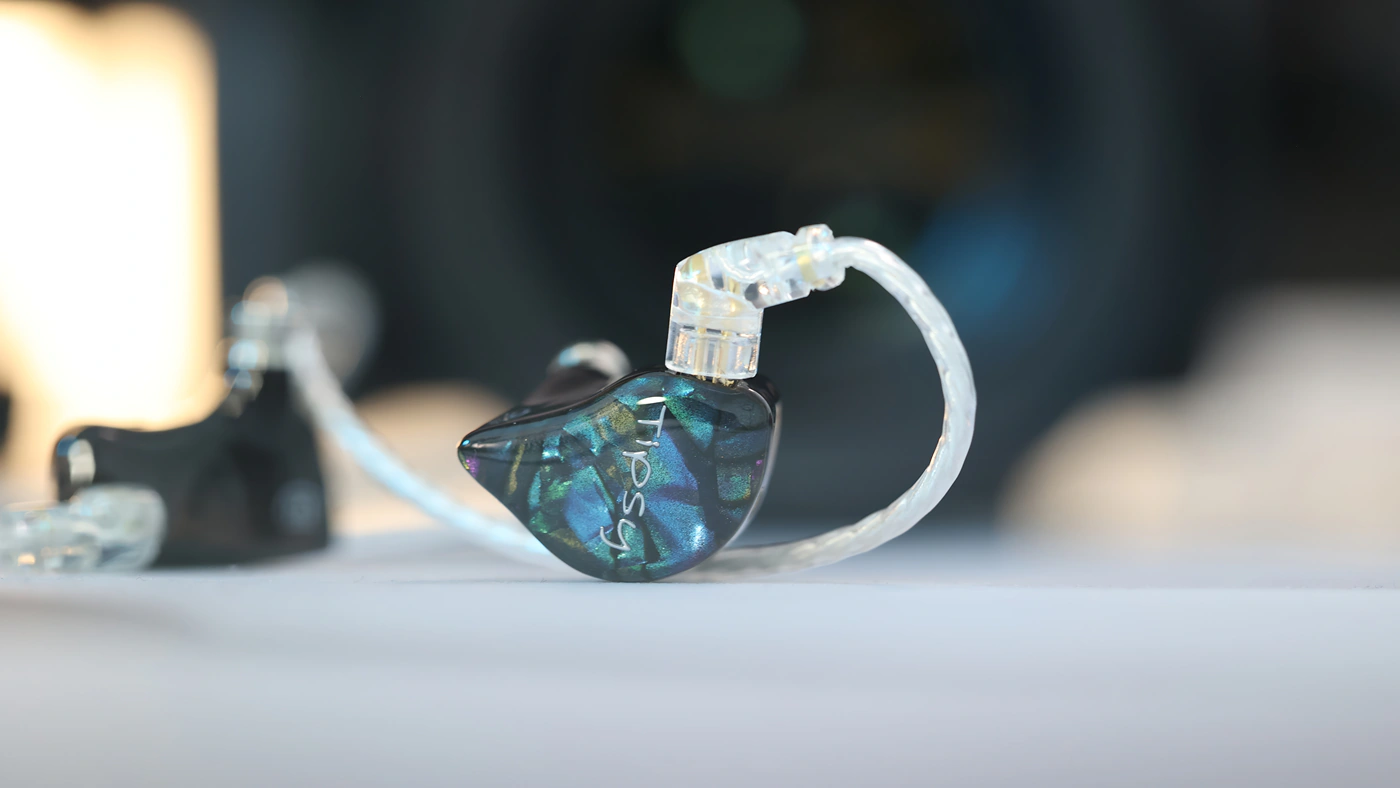
In theory, the driver uses an LCD dome, and the diaphragm is made of LCP+PU composite material. While EPZ states that the Star One was made for live broadcast, it is very sensitive to source hissing and noise and will reveal it quickly, so a dongle that has very little to no noise is recommended for enjoying the EPZ Star One. For our review I have paired the EPZ x Tipsy Star One with a selection of sources, including IKKO ITX05, iBasso DX180, Musician Pegasus II driving a Topping A50 III, Dethonray Listening M1, and iBasso D16. There is a bit of background noise with all sources, so there is something odd at play, either the impedance is much lower, SPL much higher, or the IEMs are just sensitive by default. Background noise is not audible with music playing, so it is not an issue while actually listening to music, but it is if no music is playing. Star One gets loud far more easily than most other IEMS, so high impedance and low SPL ain’t how they’re made.
Sound Quality
Overall Signature – EPZ Star One sounds bright, open but has a strong extension down to about 30 Hz, or even lower, but the bass is neutral in quantity, so unless a song is insanely bassy and deep sounding, you won’t get much bass, and especially rock and metal sounds bright. Treble is very bright, a bit grainy, but the midrange is detailed and clean, with a slight compression effect, as all instruments and sounds seem to be playing at a similar distance from the listener.
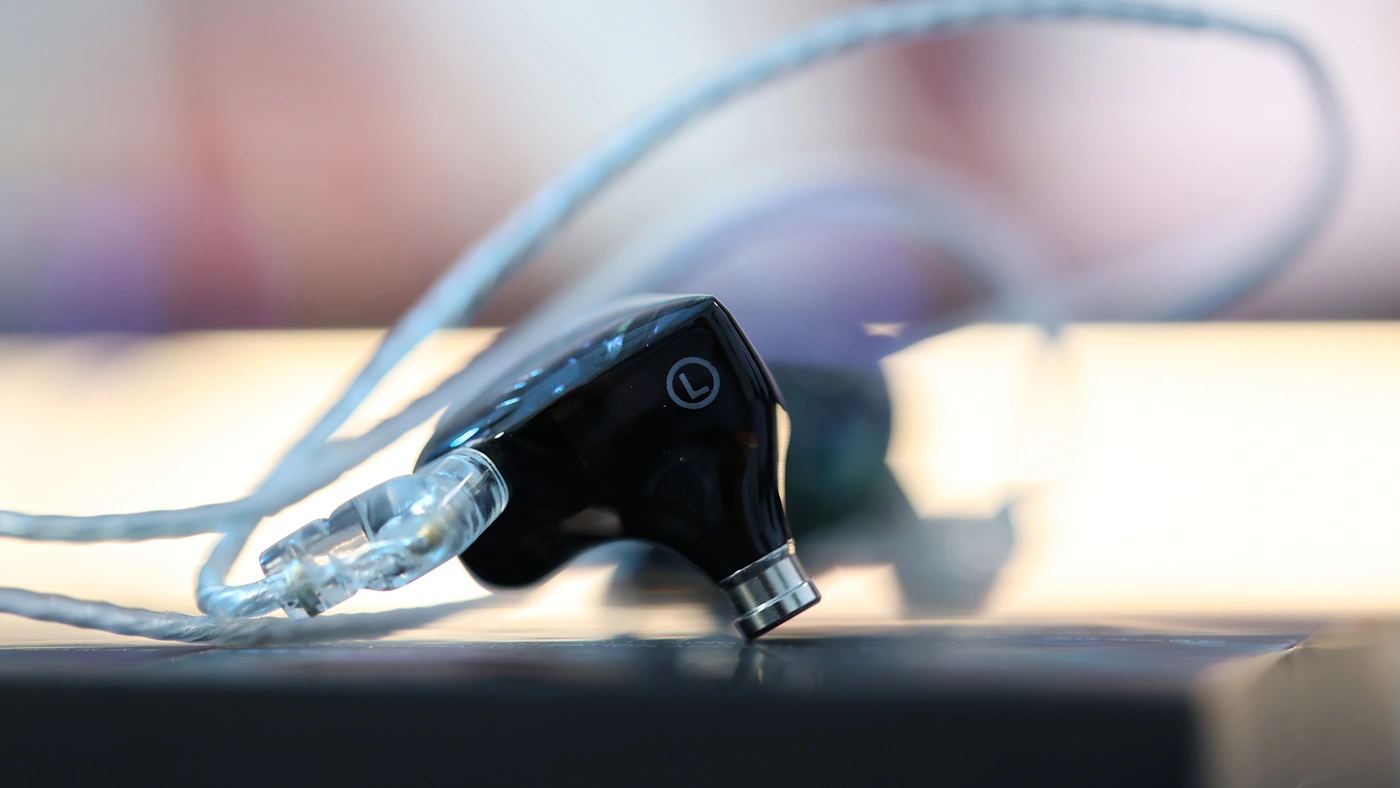
Bass – The driver inside of EPZ Star one sure is capable of producing low-reaching bass, and I could hear and feel a 30 Hz bass in certain rap songs, but unless the song really has a lot of low-end presence, you will only hear a mild warmth in the mid bass and upper bass, sometimes extending up to the lower midrange too. Bass is generally fast, reacts quickly to impact, is smooth and rich in presence, and has a pleasing sloppiness to it, sounding satisfying. From a bass perspective, rap, pop and electronic music is the best for EPZ Star one, they come alive with music that has a strong low-end.

Midrange – If you’re a fan of slightly warm midrange but with a good distance between you and the singer, Star One gives all instruments space to breathe, but flattens layering, as both forward and background instruments generally play in the same layer, with the exception of cymbal crashes and instruments with a lot of energy in the treble, which play farther away from the others. Female voices are super sweet, pleasing and smooth, even lush and rich, while male voices also sound sweet and solid. Guitars are overemphasized and sound very bright and forward, somewhat too textured and aggressive, but the overall tune is enjoyable even with rock and metal.
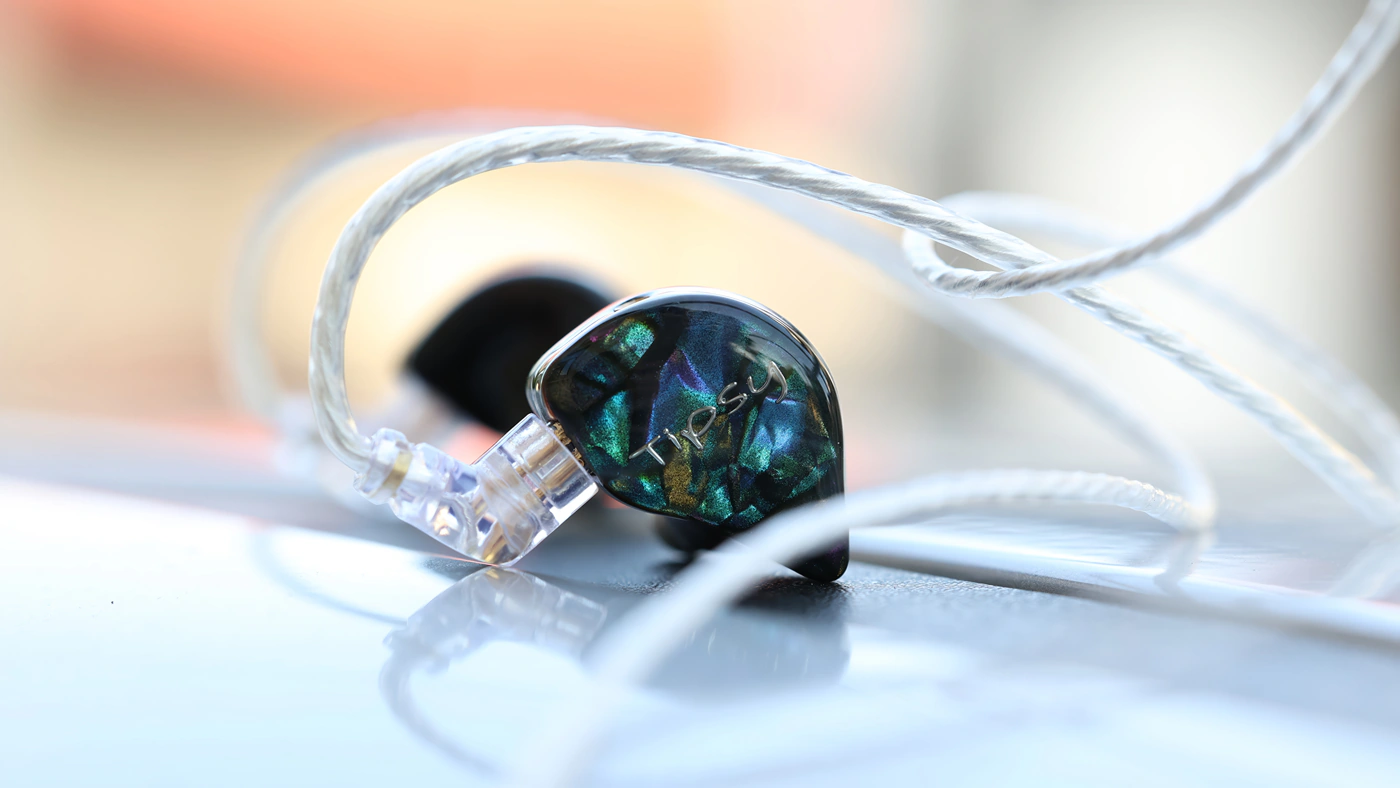
Treble – Treble is a bit grainy, aggressive and has a strong presence with most music, yet only with really aggressive metal I would call it a problem. There’s a clear peak around 9 kHz, which reveals cymbal crashes nicely, adding a bit of excitement to the sound, and keeping things open and airy. Star One works well for acoustic music, pop and EDM, Rock and even Jazz.
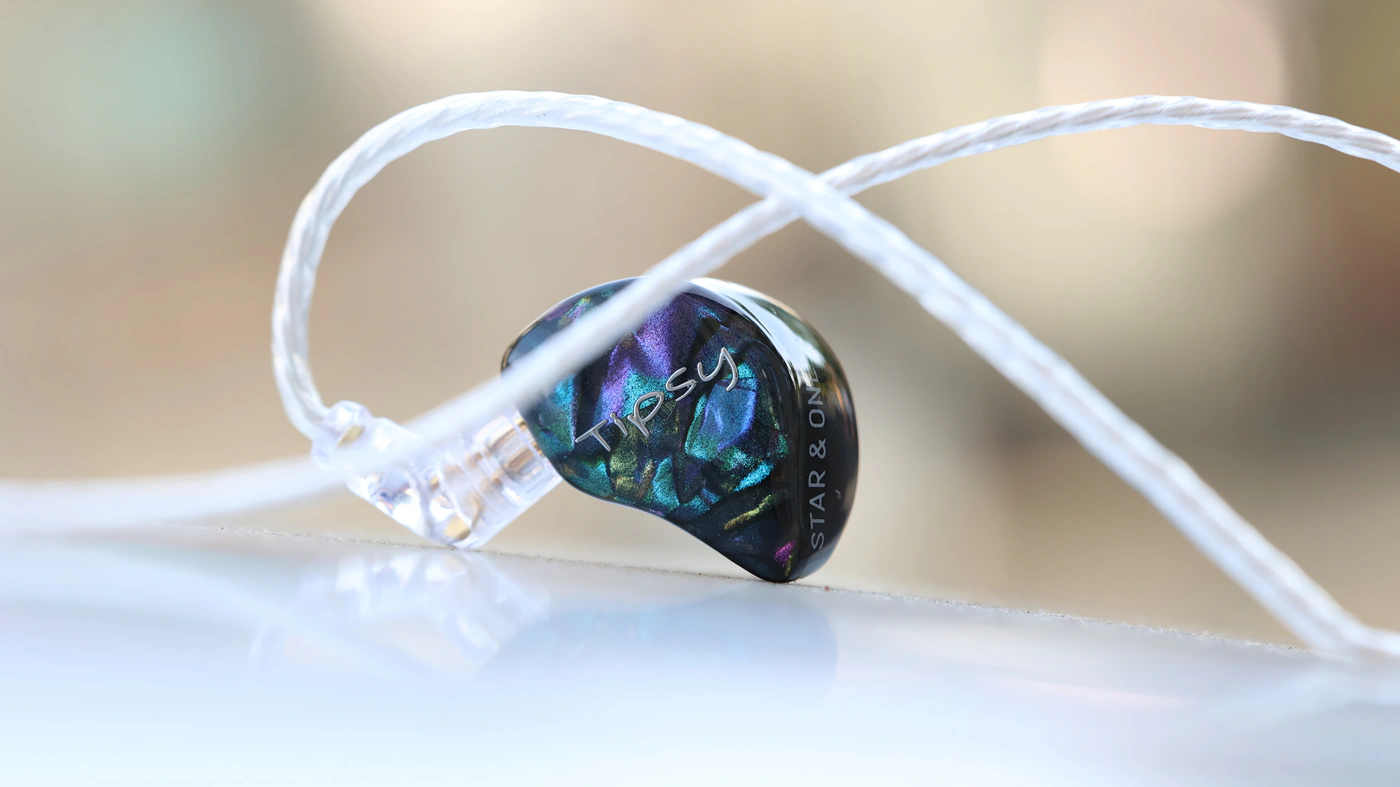
Dynamics / PRaT / Textures – Textures are generally rich and smooth, rounded. Dynamics are on the compressed side, all sound is produced at a similar volume and presence, flattening things, but allowing you to hear details and micro bits of information about as loud as the lead instruments. This works well for music that is made for radio but can feel a bit oversimplified for more complex and dynamically engaging music like classical.
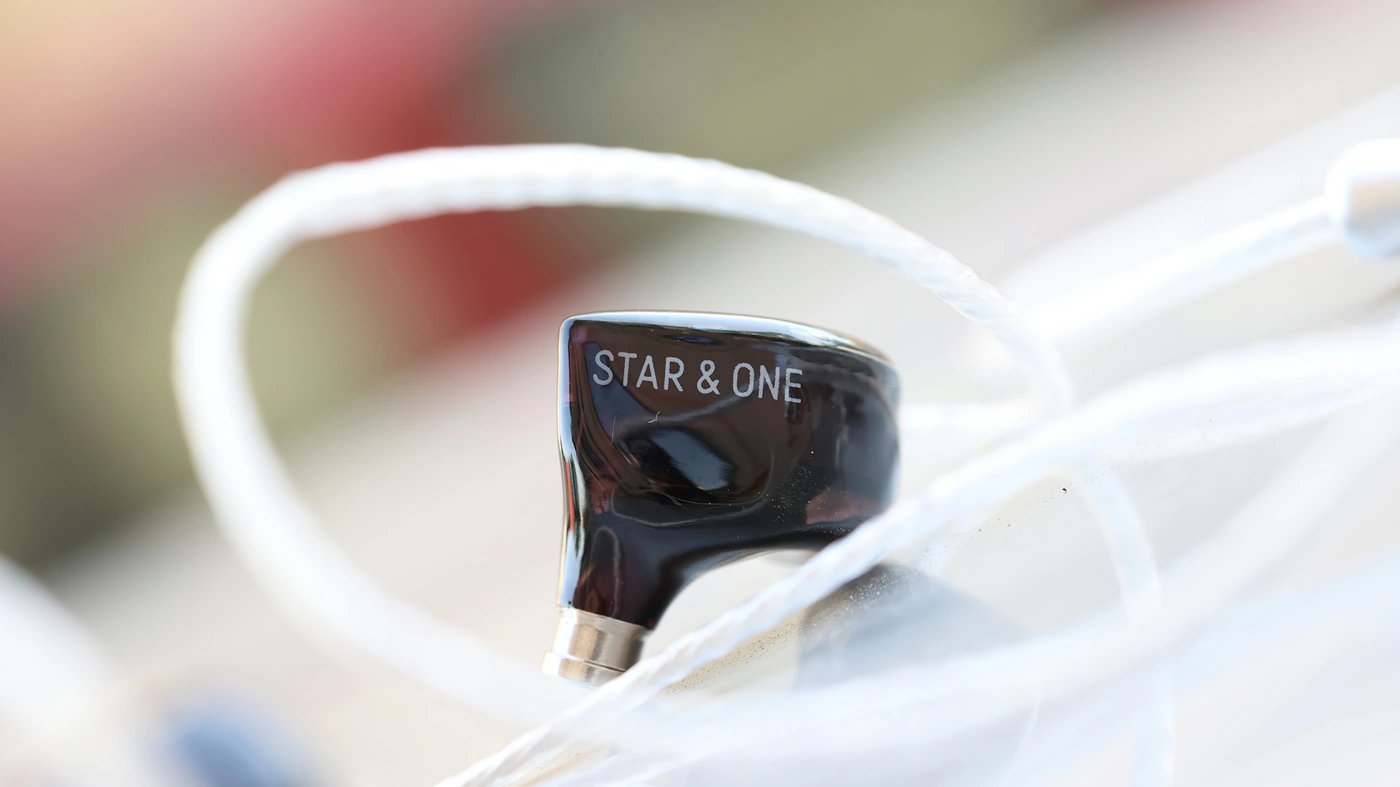
Volume Control – Volume control is ok, Star One is most enjoyable at low and medium listening volumes, as they get super aggressive and even fatiguing at high volumes, where the sound gets extremely bright and shouty, while at low volumes it is darker, smoother and more lush. THD increases significantly at high volumes, so I would keep those ones as main choices for someone who listens either quietly or at medium, and medium-high volumes at most.
Value and Conclusion
While this is my first review exploiting an EPZ IEM, I found a clean and open, bright, brilliant tuning that can offer a deep bass when called for, but also a good wearing comfort and a colorful IEM with good build quality, for an entry-level price, having a strong value and being great choice for something more brilliant and open sounding.

At the end of the day, if you want to experiment a bit, with an earphone that sounds great for live music, acoustic music, if you like a bright and open sounding midrange, and if you want a superb like shell on your IEMS, EPZ x Tipsy Star One / XingXiao No. 1 is an excellent choice and will bring you exactly what you’re looking for.
--- Please remember to stay safe, and always have fun while listening to music!---
- If you have a dime to spare, please donate, and help us! It would make the day brighter for me and my wife-
Full Playlist used for this review
We listened to more songs than those named in this playlist, but those are excellent for identifying a sonic signature. I recommend trying most of the songs from this playlist, especially if you’re searching for new music! The playlists are different for Spotify, Tidal and Youtube, and based on the songs I enjoy and are available on each!
https://www.youtube.com/playlist?list=PL_cjBXGmwSHSdGcwuc_bKbBDGHL4QvYBu
https://open.spotify.com/playlist/5J3oloz8Riy9LxEGenOjQ0?si=979ba4f082414be7
https://tidal.com/browse/playlist/330fd544-8e5b-4839-bd35-676b2edbb3d5
--- Contact Us ---





